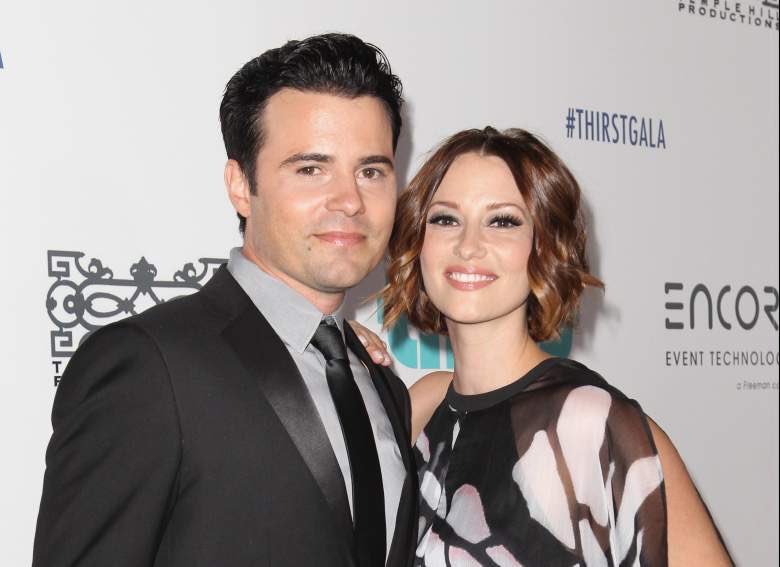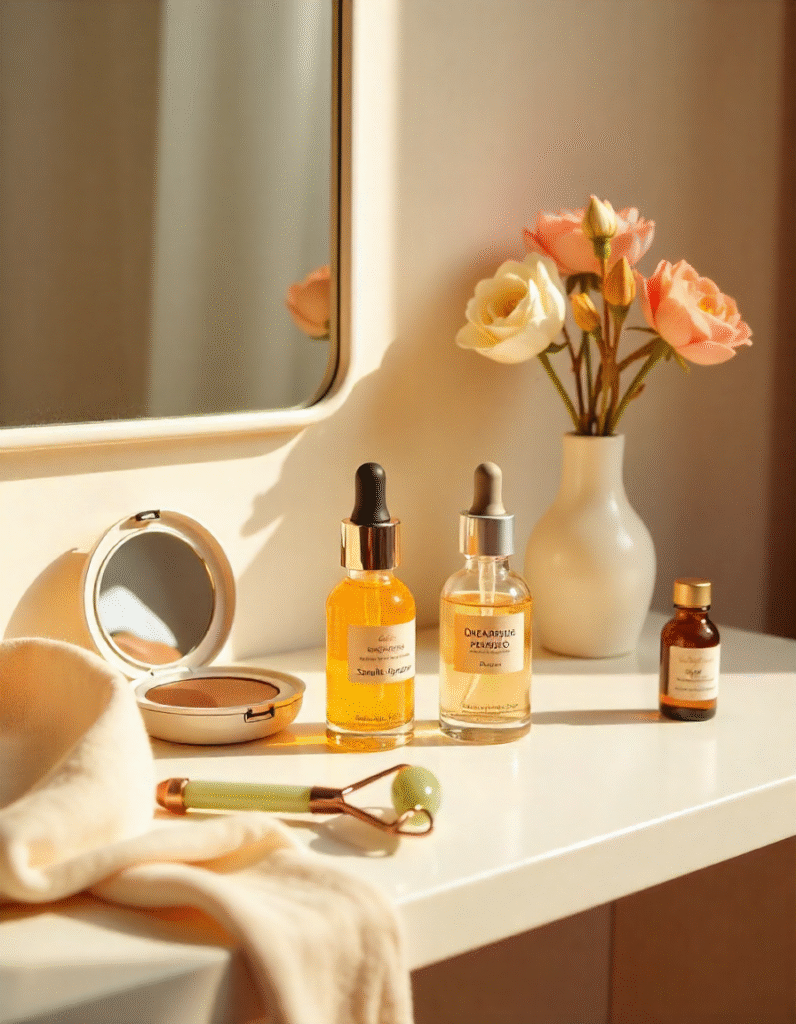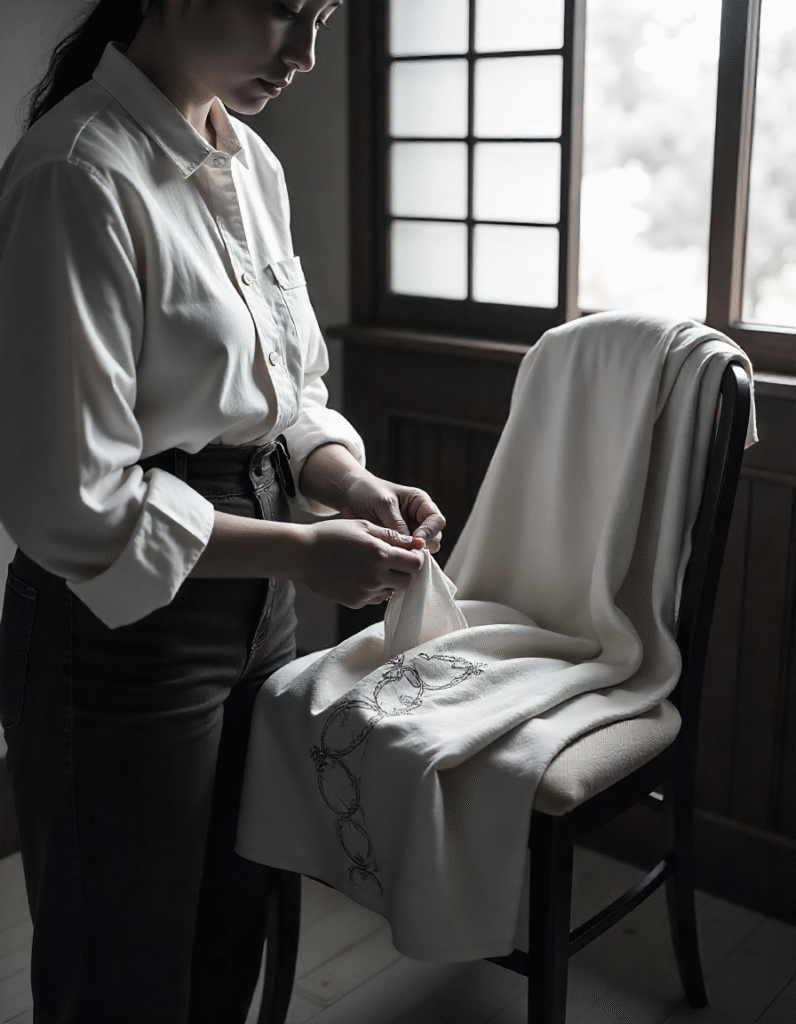Beauty has always been part art, part ritual, and part personal expression. Across cultures and centuries, it has taken countless forms — from natural herbal remedies to elaborate cosmetic routines. Yet in the last decade, the pace of change in the beauty industry has accelerated, blending heritage practices with cutting-edge science in ways our grandparents could hardly imagine.
What’s interesting is that beauty is no longer solely about appearance. It’s about health, sustainability, self-confidence, and identity. The conversation has shifted from simply “looking good” to “feeling good” — and that’s reshaping products, services, and the very definition of beauty itself.
1. The Rise of Skin Health Over Surface Coverage
The old “more makeup equals better appearance” mindset is fading. Increasingly, consumers are prioritizing skin health — investing in treatments and products that improve texture, hydration, and clarity, rather than relying solely on makeup to mask imperfections.
Dermatologist-developed serums, probiotics for skin balance, and at-home light therapy devices have gained ground. The trend is clear: if the skin itself looks healthy, the need for heavy coverage decreases, and confidence rises naturally.
2. Personalization as the New Luxury
Mass-market beauty still thrives, but technology has made customization accessible. AI-powered skin scanners can assess hydration, pore size, and pigmentation, then recommend a tailored product blend. Hair care brands now offer shampoos mixed with the customer’s chosen fragrance and targeted ingredients.
In this new world, the most desirable products aren’t just “high-end” — they’re ones that feel uniquely yours.
3. The Clean Beauty Movement Maturing
A few years ago, “clean beauty” was more marketing buzzword than industry standard. Now, it’s evolving into a transparent, regulated sector with clear ingredient disclosure, sustainable sourcing, and eco-friendly packaging.
Consumers are reading labels more carefully, looking beyond “natural” claims to understand whether ingredients are safe, effective, and ethically obtained. Brands that can prove their supply chain ethics are earning loyalty that outlasts seasonal trends.
4. Hybrid Products for Busy Lives
Time-crunched routines have given rise to multitasking products. Think moisturizers with SPF, foundations with anti-aging peptides, or lipsticks infused with nourishing oils. The idea is efficiency without compromise — one product doing the work of two or three.
This isn’t just convenience; it’s also about reducing clutter and waste, aligning with minimalist and sustainable lifestyles.
5. Wellness and Beauty Converging
Once treated as separate worlds, wellness and beauty now overlap extensively. Supplements promising stronger hair and clearer skin sit beside serums on store shelves. Spas offer mindfulness programs alongside facials.
There’s growing awareness that stress, diet, and sleep quality directly influence physical appearance. As a result, routines are expanding to include both external care and internal support.
6. Cultural Heritage as Inspiration
Global connectivity has opened the door for beauty traditions from different cultures to influence mainstream trends. Korean skincare regimens, Indian ayurvedic oils, African shea butter treatments, and Japanese minimalist approaches have all found international audiences.
What’s important is that these traditions are being appreciated for their authenticity, not just rebranded for commercial gain. The most successful integrations involve collaboration with communities that have preserved these practices for generations.
7. Men’s Grooming Going Beyond Basics
Men’s beauty and grooming is no longer a niche market. From targeted skincare lines to beard care kits and gender-neutral fragrances, more men are embracing grooming as part of self-care rather than vanity.
This shift reflects a broader cultural change where appearance-consciousness is not confined by gender expectations.
8. Technology in Beauty Services
Beauty salons and clinics are integrating more tech than ever before. Virtual try-ons allow customers to see how a lipstick shade or hairstyle will look before committing. 3D printing is producing custom-fit false eyelashes and prosthetics.
Even home beauty tools are becoming sophisticated — portable laser hair removal devices, app-connected facial massagers, and microcurrent toning gadgets bring professional-level care into private bathrooms.
9. Transparency Driving Trust
The digital age has made it harder for brands to hide behind glossy advertising. Reviews, ingredient breakdowns, and influencer testimonials are all just a click away. As a result, trust has become the most valuable currency in beauty.
Brands that openly address product limitations, share before-and-after results without excessive editing, and respond honestly to criticism tend to build deeper connections with their audience.
10. The Sustainability Imperative
From refillable palettes to biodegradable glitter, the push toward environmental responsibility is shaping beauty’s future. Even high-performance formulas are being reformulated to reduce ecological impact.
This shift isn’t driven only by ethics; customers are actively choosing brands that align with their environmental values, and younger generations see sustainability as non-negotiable.
Looking Ahead
The next wave of beauty innovation will likely continue blurring the lines between categories — skin health merging with nutrition, cosmetics infused with biotechnology, and service experiences enhanced by augmented reality.
But for all the high-tech advances, the heart of beauty remains human. It’s about how we connect with ourselves and the world around us. The most powerful products and services will be those that respect individuality, honor heritage, and enhance well-being in ways that feel authentic.
Final Thought
Beauty today is more layered, more thoughtful, and more personal than ever before. It’s not a single standard to chase, but a spectrum of choices to embrace. And perhaps the most beautiful part of the current era is that people are free to define beauty for themselves — on their own terms, in their own time, and in ways that blend the best of the old and the new.






